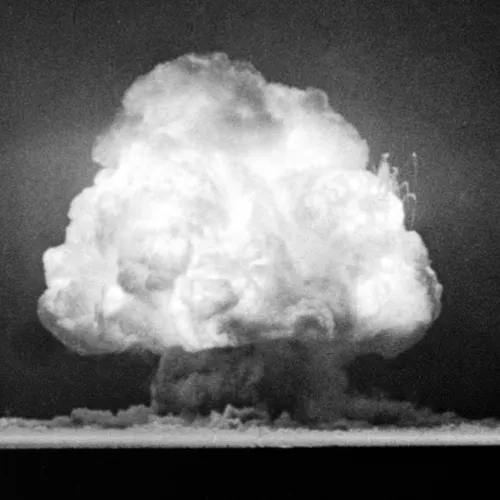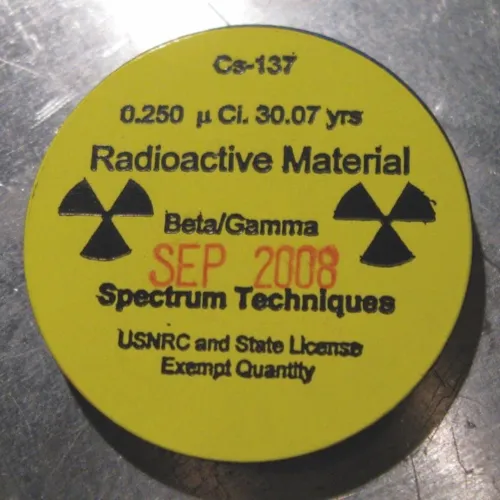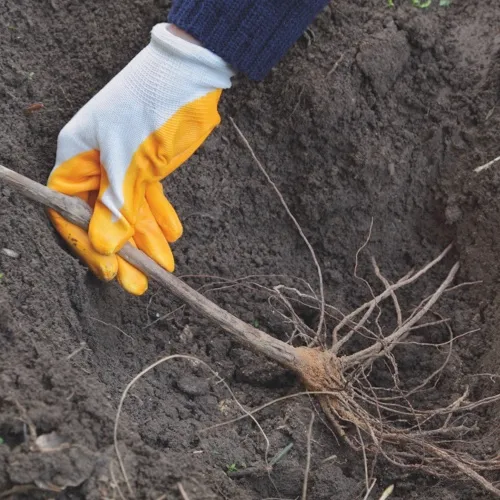1. In 1945, the US Army conducted the first nuclear weapons test, as part of the Manhattan Project. Since then, there have been over 2,000 nuclear explosions around the world.

2. Each nuclear explosion releases several hundred grams of the radioactive isotope caesium-137. This has a half-life of about 30 years, so it is not normally found in nature.

3. Caesium-137 dust gets dispersed in the atmosphere and reacts with rainwater to form soluble salts. From there it is absorbed, in tiny quantities, by plants through their roots.

4. Although it is quite safe to drink, any wine bottled after 1945 has detectable amounts of caesium-137 and this can be used to spot fake bottles claiming to be much older.

Subscribe to BBC Focus magazine for fascinating new Q&As every month and follow @sciencefocusQA on Twitter for your daily dose of fun science facts.